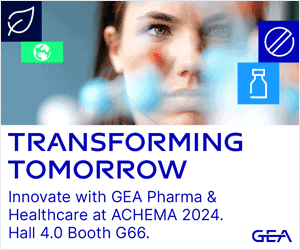Mettler Toledo has published a new white paper entitled “New Technologies for Advanced Crystallisation Development.”
This latest instalment in its library to tackle crystallisation and precipitation processes explores how best practices using Process Analytical Technology (PAT) improve batch purity, yield and repeatability for heightened accuracy, easier scale-up, and lower production costs.
The paper reviews how PAT technologies such as Mettler Toledo EasyMax, OptiMax and ReactIR allow chemists to achieve a quick and thorough understanding of reaction parameters such as temperature, solvent use, seeding and nucleation. It examines various production scenarios where these technologies are used to control crystallisation — including pipeline production where supersaturation is high and offline sampling impossible. In each scenario, in situ monitoring is shown to provide significant advantages to offline sampling or crashing out solids, especially when time is of the essence and accuracy is critical.
The paper also explores how these robust technologies allow full Design of Experiment (DoE) cycles, even in today’s very short production timelines, through optimised workstation layout and usability. Practical and consistent DoE application helps eliminate impurities that harm crystal development and particle parameter inconsistencies that are difficult to accommodate downstream.
For a more comprehensive discussion of the benefits of using advanced PAT to support crystallisation best practices, download the free white paper at http://us.mt.com/us/en/home/supportive_content/White_Papers.crystallizati2.oneColEd.html.




